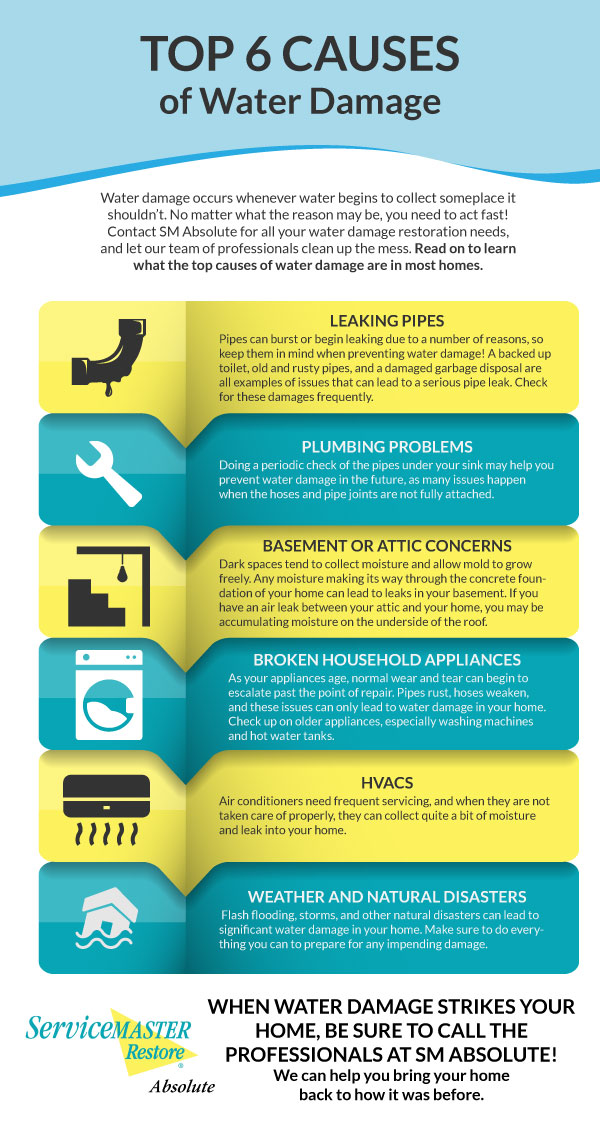Identifying Roof Covering Damage Early To Stop Significant Concerns
Identifying Roof Covering Damage Early To Stop Significant Concerns
Blog Article
Post Produced By-Gold Ottosen
To safeguard your home from prospective pricey repair work, identifying roof covering damages early is critical. By watching out for subtle signs like missing roof shingles or water discolorations, you can capture problems before they worsen. Yet what regarding those often ignored areas that could hint at concealed troubles prowling above you? Keep tuned to discover key suggestions for detecting roofing damage prior to it escalates right into a major frustration.
Very Early Warning Signs
Spotting roofing system damages early can save you money and time. One crucial very early warning sign to watch out for is missing out on or damaged roof shingles. If you notice any kind of roof shingles that are cracked, crinkling, or completely missing, it's essential to address the problem promptly. These damaged tiles can leave your roofing system prone to leaks and additional damage.
An additional indicator to look for is water spots on your ceiling or wall surfaces. These spots can indicate a leak in your roof that requires instant attention. Overlooking these water discolorations can cause extra substantial and pricey repairs down the line.
Additionally, be on the lookout for any type of signs of drooping or drooping locations on your roof covering, as this might indicate architectural damage that requires to be repaired without delay.
Exterior Inspection Tips
Regularly inspecting the exterior of your roof covering is crucial for maintaining its stability and determining possible damages early. Beginning by examining the roof shingles-- search for any missing, fractured, or crinkling roof shingles, as these can be signs of roof damage.
Inspect the rain gutters for granules from the roof shingles, as extreme granule loss might signify aging or weathering. Take note of the flashing around vents, chimneys, and skylights, ensuring they're securely secured and free of splits.
Search for indications of moss, algae, or mold growth, as these can result in roofing system degeneration if not attended to promptly. Additionally, examine the fascia and soffits for any kind of water stains or rot, which could signal water damage.
Lastly, analyze the overall problem of your roof covering from the ground, seeking any drooping areas or noticeable dips. By conducting these outside inspections regularly, you can capture roof damages early and stop it from developing into a major problem.
Inside Red Flags
When inspecting your roof for possible damages, don't ignore the importance of inspecting the interior of your home. Interior warnings can commonly be early indicators of roof covering problems that require interest.
Beginning by analyzing your ceilings for any water spots or staining, as these could signal a leak in the roof. One more key area to inspect is the attic, where indicators of water damage, mold and mildew, or mold may suggest a roofing system trouble.
Pay very close attention to any stuffy odors or a noticeable increase in humidity levels, as these can also be indications of water intrusion from a harmed roof covering. Furthermore, drooping locations in the ceiling or walls must be taken seriously, as they could be a result of water damages compromising the structure.
If https://www.bdcnetwork.com/us-coast-guard-headquarters-vegetative-roof-assembly-washington-dc notice any one of these interior red flags, it's crucial to have an expert roofer assess the circumstance quickly to prevent further damage and pricey repair work.
https://gregorysmgcv.bloggosite.com/35750305/a-beginner-s-manual-on-roof-covering-kind-gaining-insight-into-gable-hip-flat-and-mansard-roof-configurations
By staying watchful and consistently looking for very early indication of roof covering damages, you can stop small issues from developing into significant troubles. Watch out for missing out on or damaged shingles, water spots on ceilings or walls, and any sagging or sagging areas on the roofing system. By dealing with these issues promptly, you can save yourself from costly repair work and ensure your roofing system remains in good condition for years to find. Stay proactive and safeguard your home from potential damages.
